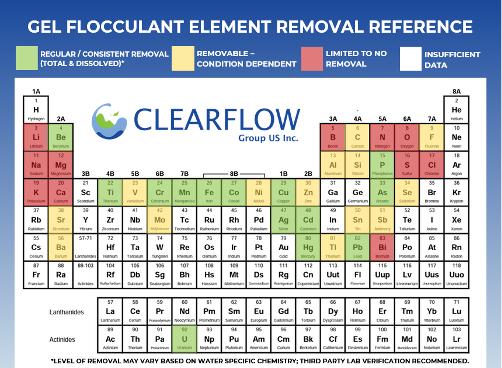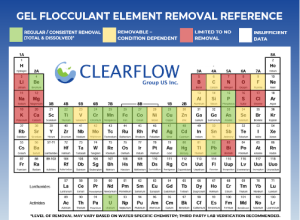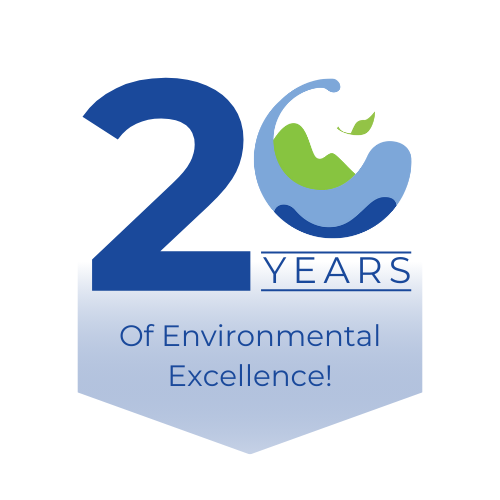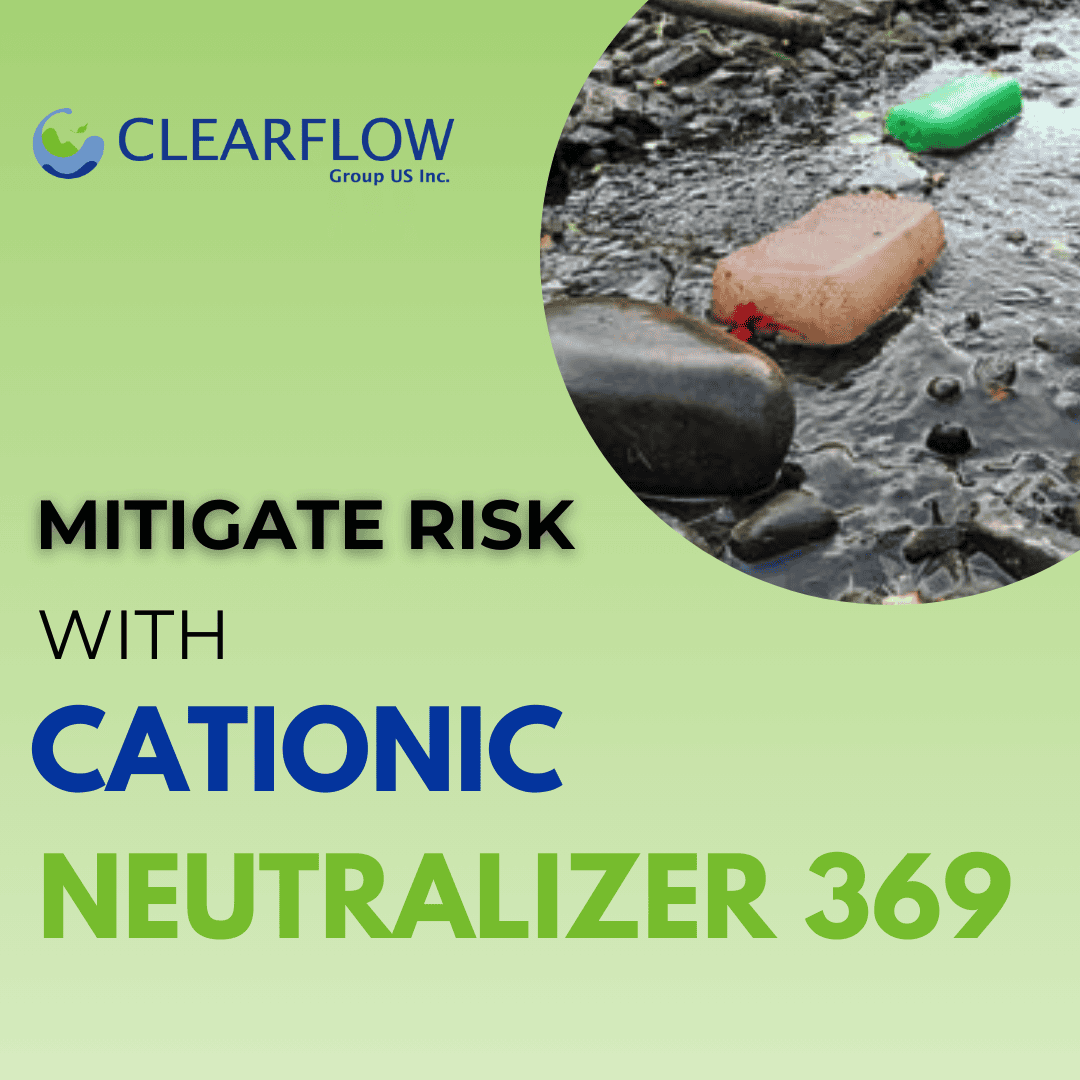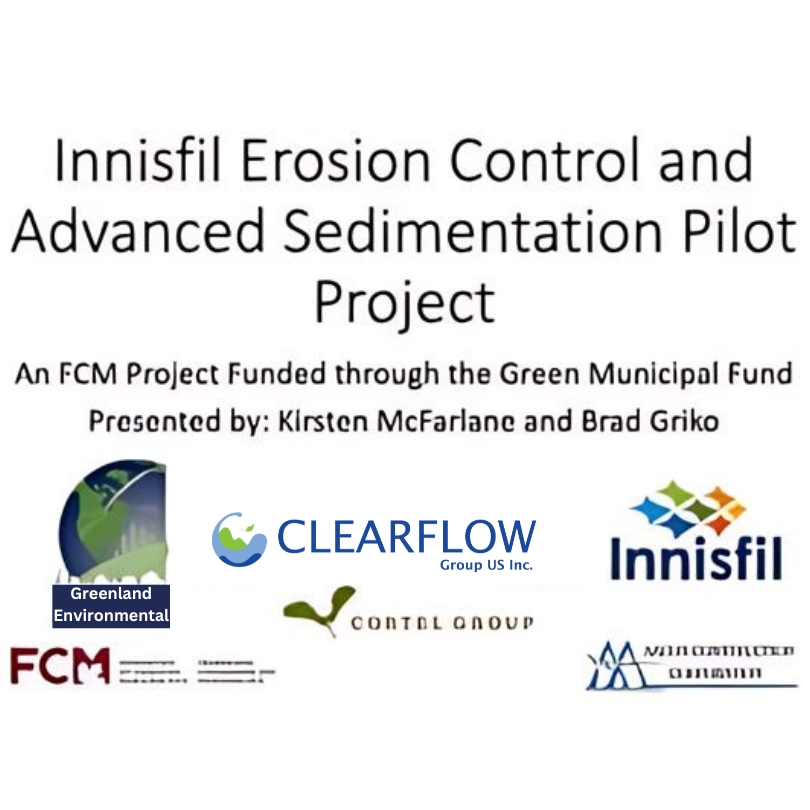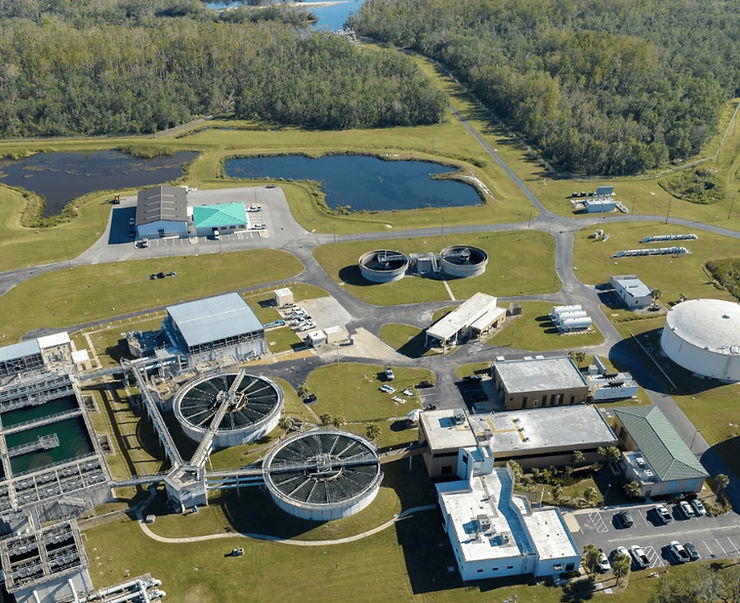Introduction – Urban Stormwater Toxicity – Key Insights & Innovative Solutions
Urban Stormwater toxicity and runoff poses a major pollution risk to aquatic environments. The study “The Toxicity and Chemical Composition of Urban Stormwater Runoff” by Ken J. Hall and Bruce C. Anderson, published in the Canadian Journal of Civil Engineering (1988), explores how different land uses impact the chemical composition and toxicity of stormwater runoff. Conducted in Burnaby, British Columbia, the research highlights significant contamination levels associated with various urban areas, focusing on residential, commercial, industrial, and open spaces.
(Download full Scientific Journal)
Understanding the Problem: The Impact of Urban Land Use on Stormwater Toxicity
Stormwater runoff from urban areas carries a range of pollutants, including trace metals and suspended solids. This runoff contains nearly as much Biochemical Oxygen Demand (BOD) and Chemical Oxygen Demand (COD) as wastewater and can have up to ten times the concentrations of chromium (Cr), copper (Cu), iron (Fe), lead (Pb), and nickel (Ni) compared to wastewater. Commercial and industrial areas contribute the highest levels of these metals, posing significant risks to aquatic organisms like Daphnia pulex.
The study revealed that the toxicity of stormwater runoff followed a specific pattern: commercial areas exhibited the highest toxicity, followed by industrial, residential, and open spaces. This pattern indicates that areas with higher human activity and impervious surfaces contribute more significantly to stormwater pollution, which in turn impacts the quality of water bodies receiving this runoff.
The “First-Flush” Phenomenon: A Key Insight
The study reveals that the initial phase of a storm, known as the “first flush,” carries the highest concentrations of pollutants. This period is critical as it contains high levels of both soluble and insoluble pollutants accumulated during dry periods. The first flush is particularly toxic, and addressing this runoff is crucial for mitigating its environmental impact.
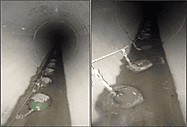
Clearflow’s Role in Addressing Stormwater Toxicity
Clearflow’s passive stormwater treatment solutions are designed to tackle the challenges identified in “first flush” events. In utilizing and optimizing existing infrastructure, Clearflow Gel Flocculants clarification and advanced particle sedimentation can greatly enhance removal of suspended solids, colloids, bacteria, trace metals, and Phosphorus.
Closer Look at the Power of Clearflow’s Gel Flocculants
(Download Clearflow Elemental Removal Reference PDF)
Our Element Removal Table illustrates Clearflow Gel’s effectiveness in removing a number of key trace metals. For example, copper (Cu) and zinc (Zn) show positive correlations with toxicity to Daphnia pulex. Our solutions address these metals effectively, lowering their levels to mitigate their harmful effects on aquatic life. Additionally, iron (Fe) is known to help precipitate other metals, reducing their overall toxicity.
Pilot Project: Application of Clearflow Gel Flocculants in Urban Environments
In practice, Clearflow’s passive water treatment systems were deployed within existing stormwater infrastructure in a subdivision under construction. Thus effectively removing suspended solids and phosphorus transport to protect Lake Simcoe in Ontario Canada. Link to study: https://innisfil.ca/en/living-here/resources/Documents/Erosion-Control-AST-Pilot-Project-Final-Report_accessible.pdf
The Future of Stormwater Management
As urbanization continues, effective stormwater management becomes ever more crucial. The Hall and Anderson study underscores the need for improved treatment strategies, particularly in high-activity areas. It is essential to find effective low-cost solutions while meeting stormwater pollution reduction goals. Clearflow’s innovative solutions offer a practical approach to reducing the environmental impact of stormwater runoff.
Conclusion
The research conducted by Hall and Anderson provides valuable insights into the complex relationship between urban land use and stormwater toxicity. Their findings underscore the need for improved stormwater treatment strategies, particularly in areas with high levels of human activity. Clearflow’s water treatment solutions, such as the Gel Flocculant block, are a promising green technology to reduce the amount of harmful pollutants reaching aquatic ecosystems.
As cities continue to grow and develop, the importance of managing stormwater runoff cannot be overstated. By adopting Clearflow’s solutions, urban areas can reduce the environmental impact of their stormwater runoff, protect aquatic ecosystems, and contribute to a healthier, more sustainable future.
References:
Halla, K.J., Anderson, B.C. (1988). “The Toxicity and Chemical Composition of Urban Stormwater Runoff.” Canadian Journal of Civil Engineering, 15(1), 98-106.

